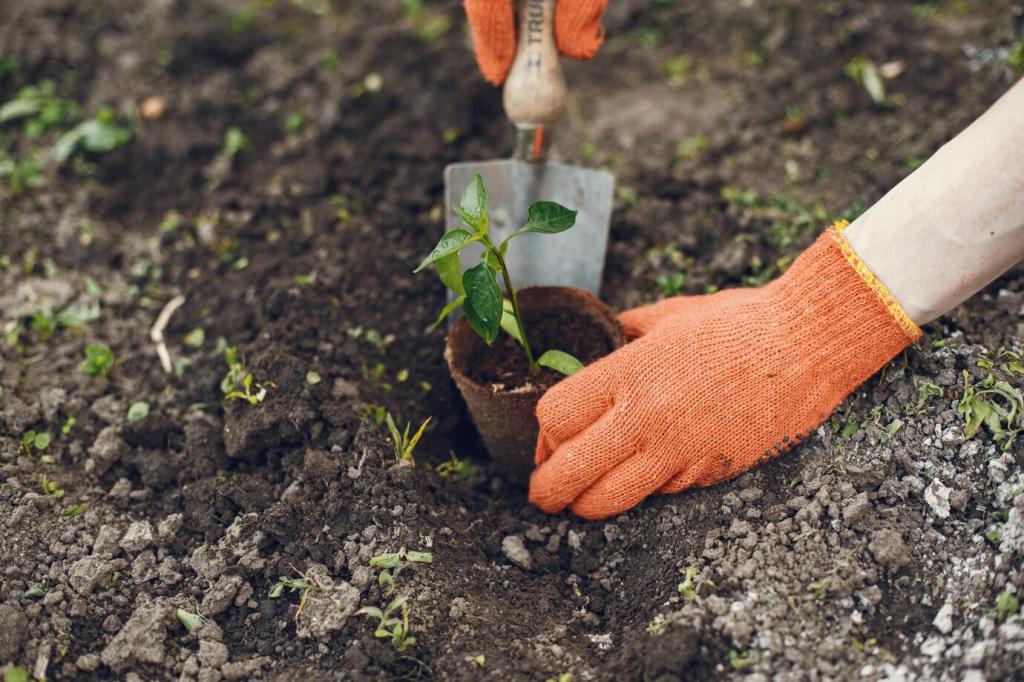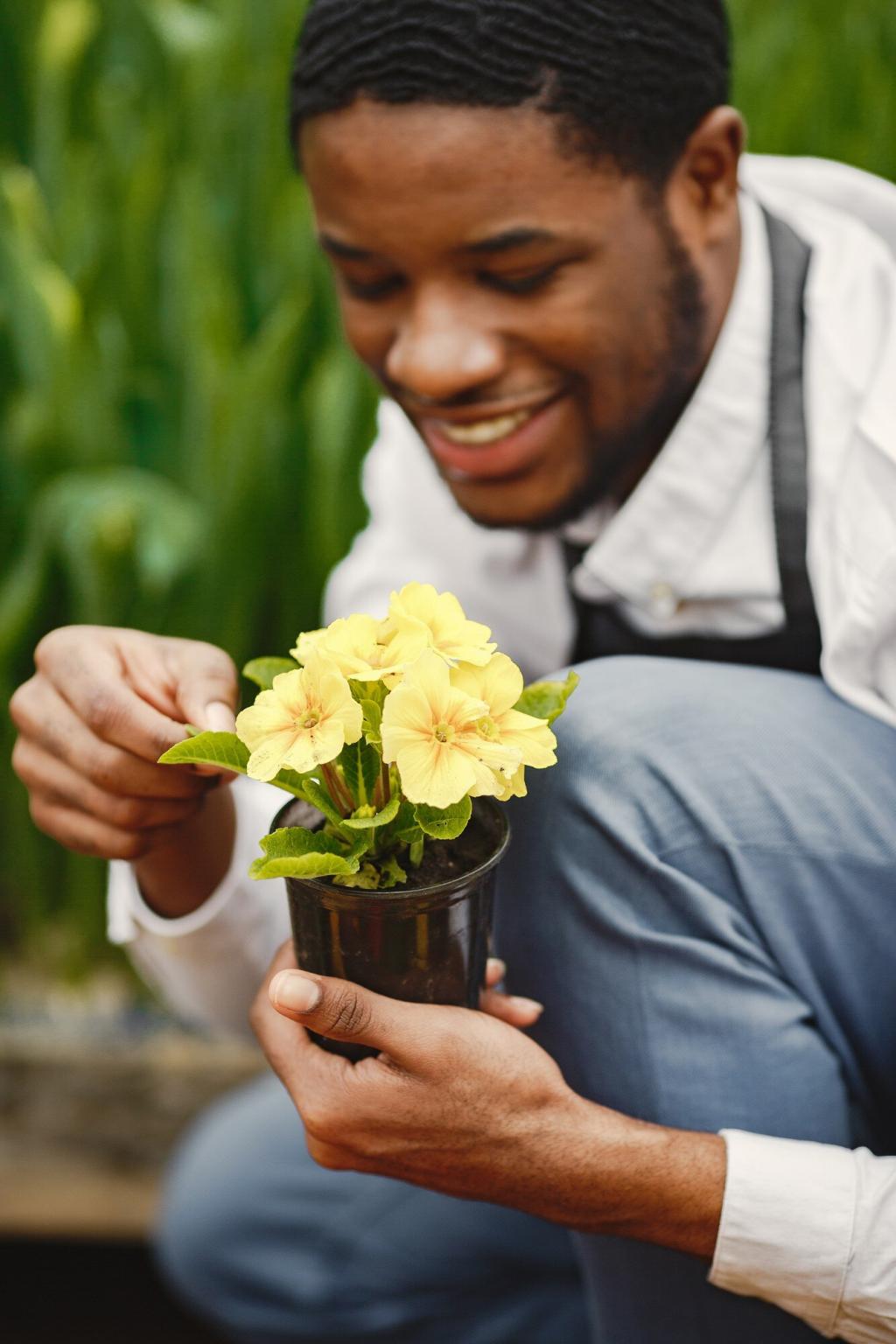Keeping Indoor Plants Thriving During Winter
Previous
Next
Maximizing Winter Light for Indoor Plants
Strategically positioning your plants near the brightest windows can be a critical step in helping them thrive during winter. South-facing windows often provide the most consistent and intense natural light within your home, making them ideal for most houseplants. Keeping the window glass clean further maximizes the available sunlight. Observe how the sunlight moves throughout your rooms, as sun angles shift in winter, and move your plants accordingly to make the most of every sunbeam. Just be cautious of cold drafts, especially at night, as these can harm sensitive plants; balance proximity to light with protection from sudden temperature drops for optimal results.

Managing Temperature and Airflow
Cold drafts from leaky windows or exterior doors can dramatically lower the temperature around your plants, risking cell damage or leaf drop. Conversely, placing plants too close to heat sources, such as radiators or space heaters, can dry them out and scorch their leaves. During winter, ensure your plants are situated away from sudden sources of cold or intense heat. Using thermal curtains or draft stoppers helps insulate your windows, creating a more consistent environment. For plants particularly sensitive to temperature swings, consider moving them further into the room, where the temperature remains more stable, promoting year-round growth and health.
Stagnant indoor air during winter can foster mold, mildew, and pest infestations. However, you don’t want overly strong air movement, which can dry out foliage and soil quickly. Gentle, consistent airflow keeps the environment fresh and supports plant respiration. Simply opening windows briefly on milder days, or running a ceiling fan on a low setting, can improve air circulation without causing stress. Position fans so they do not blow directly on your plants but gently move air throughout the room. The right airflow not only discourages common pests and diseases but also supports stronger, more resilient plant growth.
Temperature stress can manifest subtly, with symptoms such as leaf discoloration, reduced growth, or leaf drop. Some tropical plants may curl their leaves or wilt if they get too chilly. Regularly check room temperatures, especially near windows at night and doors frequently used. Using a simple indoor thermometer can help you spot fluctuations. Adjust your home’s thermostat to avoid extremes and keep your plants’ comfort in mind when deciding where to place them for the winter. Understanding and adjusting for temperature variations is key to preventing setbacks and ensuring your plants remain healthy until warmer days arrive.

